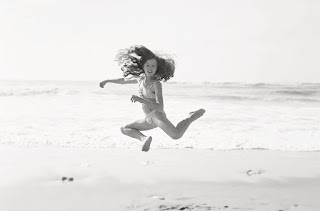Transmitting and preserving knowlege
The First Skype conversation
with Helen, Julianna and Astrid was most helpful. The topic that we covered was
Module One Focus – Self and Practice. As I reflected on the conversation, I
realized that I am deeply concerned with what my students learn and the way
they learn. Over my years of teaching I have striven to become increasingly
efficient at communicating verbally, visually and kinetically, however, I have
also come to realize that I seldom use writing as a teaching tool, whether it
be using my own printed words, or the students’ in the form of feedback or evaluations.
Why transposing my knowledge
and experiences into written words does not come naturally? Even though organizing my thoughts into a written
form would very likely be a great addition to my teaching “toolbag”. However, dancers do not write and very rarely do their words get
published. The reason for such a state of affairs could be historical. Indeed, in the world of ballet,
the first formalized form of dance. the transmission of knowledge and technique
has mostly been oral. Traditionally
dancers came from quite humble backgrounds, started dancing at a young age and
spent their lives on stages and in the studios. Thus, until quite recently, the tremendous
amount of knowledge a dancer acquired over a lifetime was passed on to the
younger generations only through oral transmission during classes or rehearsals
and, today, most of my contemporaries are still part of this tradition. Consequently, some information got lost along the way and
very few dancers got a firsthand exposure to the teaching and the words of the
“master teachers”.
Then, films, videos, DVD and
the internet became readily available and started playing an important role in
a dancer’s learning process, but as we very well know, the recorded
image is never as reliable as a direct transmission, or a written account.
We can also argue that, as
teachers, the more we observe, reflect upon our personal experiences and write about them, the more we will understand the connections and interconnections with the
past and the future of our craft.



Comments
Post a Comment